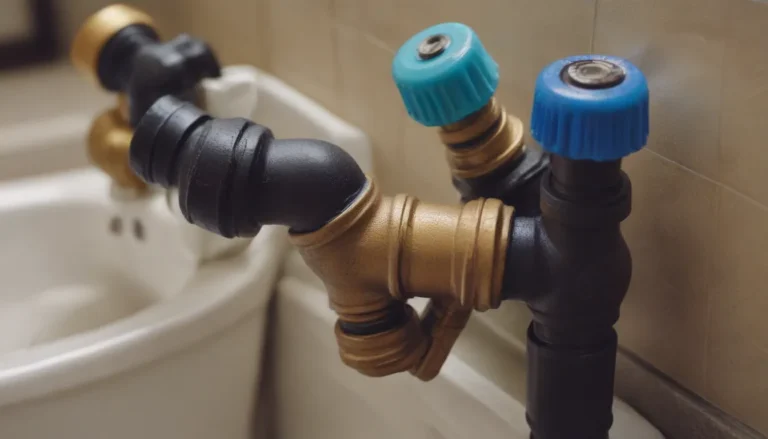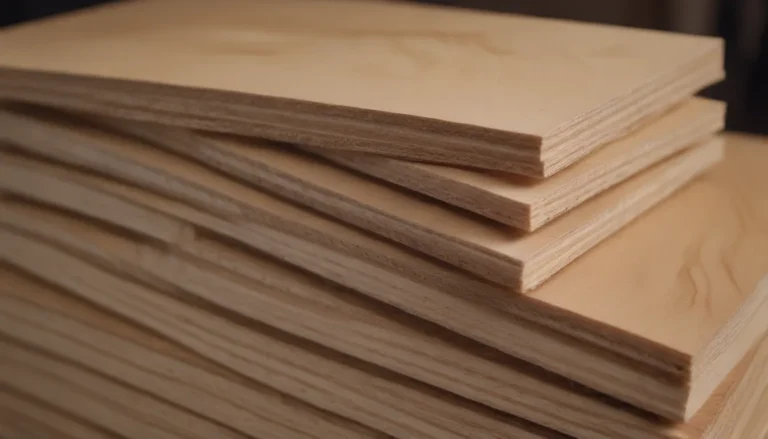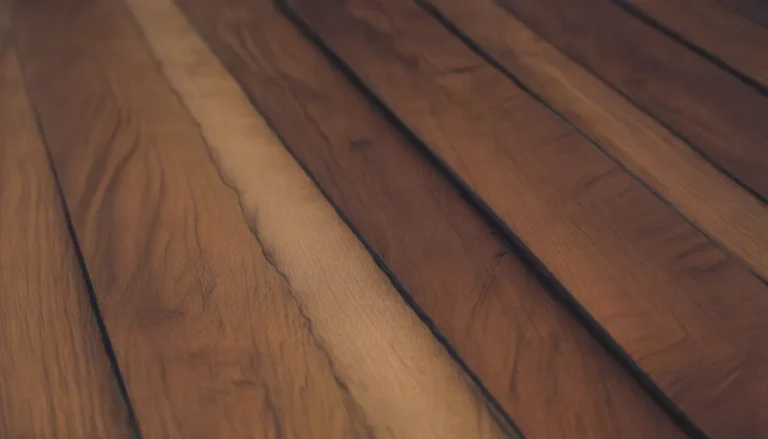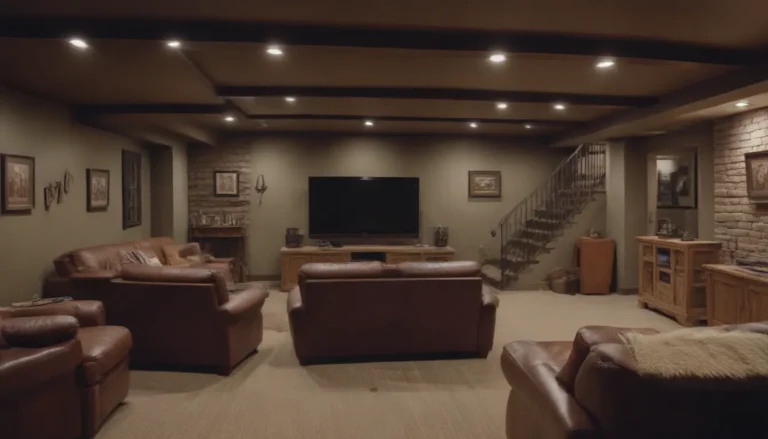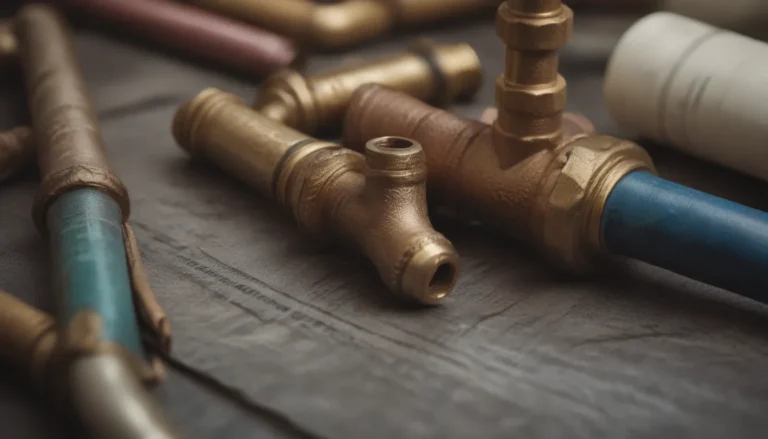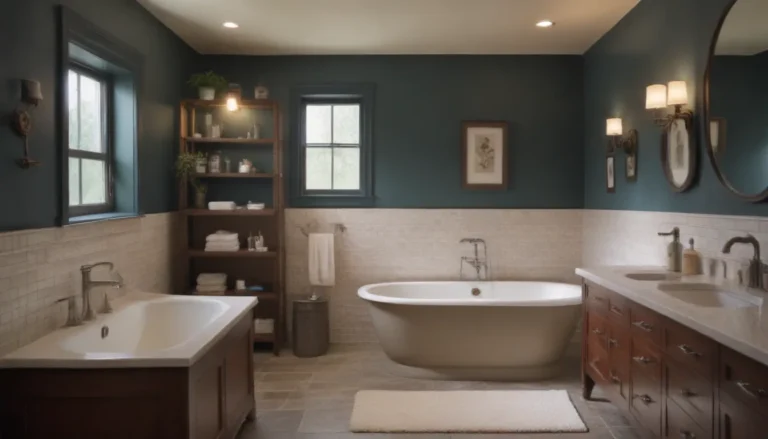The Ultimate Guide to Eco-Friendly Building Materials
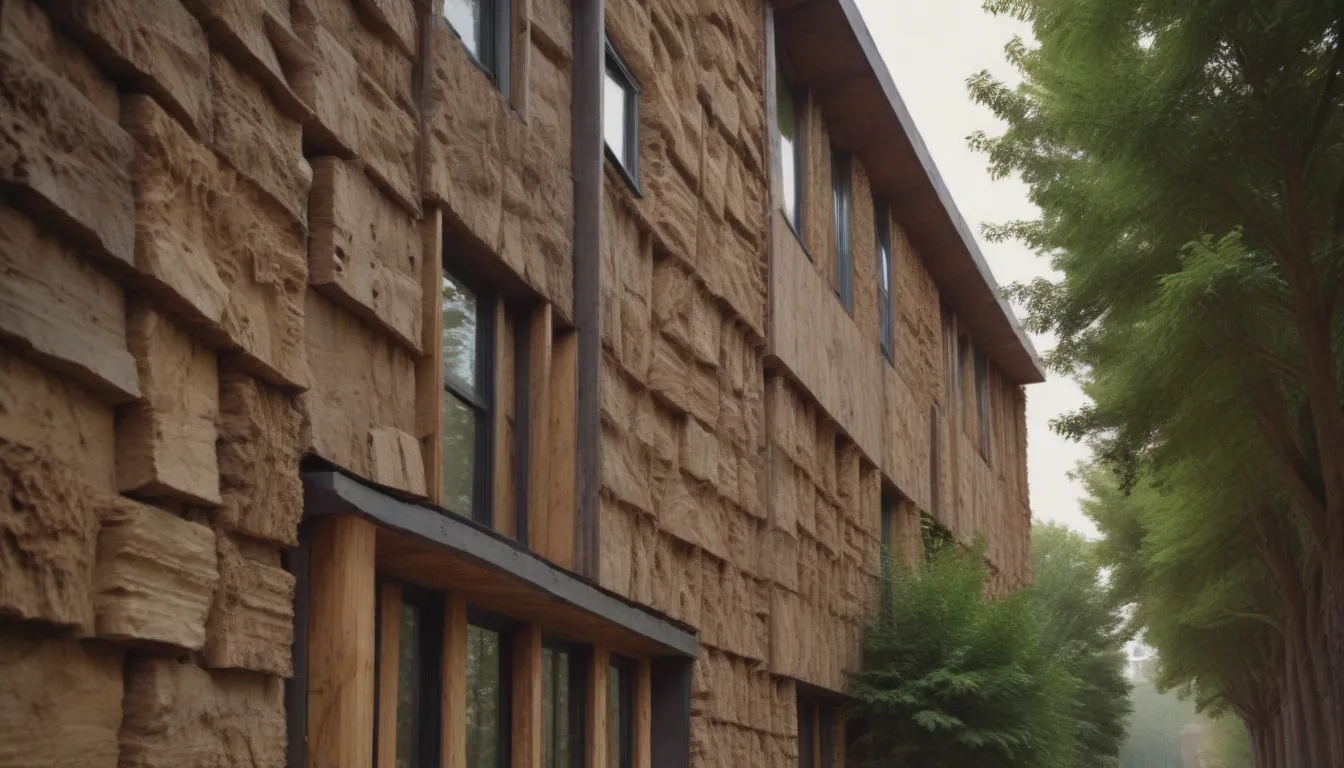
Are you looking to remodel your home or build a new house with sustainability in mind? With the rise of eco-friendly building materials, you can now furnish your entire home with products that are good for the environment. But with so many options available, how do you know which materials are truly eco-friendly and which are just greenwashing?
In this comprehensive guide, we will explore a wide range of eco-friendly building materials that are either sourced from renewable materials or made from recycled content. From flooring to roofing, we will cover everything you need to know to make your home renovation or construction project as green as possible.
Hard Flooring
When it comes to hard flooring, there are several eco-friendly options to choose from:
- Bamboo Flooring: Bamboo is a fast-growing grass that is harvested under cultivated conditions, making it a highly sustainable material for flooring.
- FSC Wood Flooring: Forest Stewardship Council (FSC) certified wood ensures that the timber has been harvested in an environmentally sustainable and socially responsible manner.
- Salvaged or Reclaimed Wood Flooring: Old wood planks from demolition sites can be repurposed for flooring, adding a unique charm to your home.
- Recycled Ceramic or Porcelain Tile: Used ceramic tiles can be found at salvage companies, offering a one-of-a-kind look for your floors.
Resilient Flooring and Carpet
For resilient flooring and carpeting options that are gentle on the environment, consider:
- Linoleum Flooring: Made from linseed oil resins mixed with wood and cork particles, linoleum is a biodegradable and recyclable flooring choice.
- Cork Flooring: Harvested from Mediterranean cork oak trees, cork is a renewable material that doesn’t require the trees to be cut down.
- Natural or Recycled Carpeting: Choose carpets made from natural fibers like wool, seagrass, coir, jute, or sisal for a more sustainable flooring option.
- Recycled Rubber Flooring: Made from old tires, recycled rubber flooring is a durable and eco-friendly choice for recreation or workshop spaces.
Paint, Stains, and Sealers
When it comes to painting your home, opt for environmentally friendly options like:
- Low-VOC Paint: Paints with low Volatile Organic Compounds are healthier for you and the environment.
- Zero VOC Paint: Completely VOC-free paints are ideal for those with sensitivities to chemicals.
- Natural Paint: Made from natural earth materials, organic paints are biodegradable and free of petrochemicals.
- Non-Toxic Stains and Sealers: Choose stains and sealers made without VOCs and other harmful chemicals.
Pro tip: Milk paint and chalk paint are great alternatives to traditional paints, using natural ingredients like calcium carbonate.
Walls and Ceilings
For eco-friendly walls and ceilings, consider the following options:
- Recycled Content Drywall: Look for drywall panels made with a high percentage of recycled materials.
- FSC Wood Framing: Opt for lumber with FSC certification for structural framing work.
- Salvaged Structural Members: Save money and trees by using salvaged 2X framing lumber from salvage yards.
Special Finishes
Add a unique touch to your home with special finishes that are also environmentally friendly:
- Recycled Glass Countertops and Tiles: Made from pulverized and recycled glass, these materials are both stylish and sustainable.
- Grasscloth Wallpaper: Choose wallpaper made from renewable grasses for a natural and eco-friendly look.
Caulks and Adhesives
Seal your home with eco-friendly caulks and adhesives, such as:
- Soy-Based Caulks: Opt for caulk made from soy-based sealants for a natural alternative.
- Low-VOC Adhesives: Choose adhesives with low Volatile Organic Compounds for a healthier indoor environment.
Insulation
Keep your home comfortable and energy-efficient with these eco-friendly insulation options:
- Soybean Foam Spray Insulation: Made from soybean foam, this insulation offers excellent thermal performance.
- Shredded Paper or Cellulose Insulation: Treated shredded newspaper and cellulose materials make for effective insulation.
- Shredded Denim Insulation: Reuse old denim clothing by turning it into insulation for your home.
- Recycled Plastic Insulation: Insulate your home with pellets made from recycled plastics, such as milk cartons.
- Sheep’s Wool Insulation: Rolls of sheep’s wool insulation are a sustainable and effective choice for walls and ceilings.
Wood and Millwork
Add warmth and character to your home with eco-friendly wood and millwork options:
- Salvaged Millwork and Trim: Find unique wood trim and millwork at salvage yards and antique stores.
- FSC Wood Millwork and Trim: Look for FSC-certified wood trim and millwork for new construction projects.
Roofing
Finish off your eco-friendly home with sustainable roofing materials like:
- Recycled Metal Roofing: Choose metal roofing panels made from recycled materials like aluminum or steel.
- Slate Tile Roofing: Natural slate roofing products are chemical-free and made from natural earth ores.
- Clay Tile Roofing: Clay roof tiles are baked and contain no petroleum or chemicals.
- Fiber Cement Shingles: Petrochemical-free fiber cement shingles are a durable and eco-friendly roofing option.
- FSC Wood Shakes: Get the look of natural wood shakes with FSC-certified lumber that is sustainably harvested.
- Living (Plant-Based) Roofing: Green roofs with living plants provide excellent insulation and are becoming increasingly popular worldwide.
Exterior Cladding
For a sustainable exterior finish for your home, consider these options:
- FSC Wood Siding: Choose FSC-certified wood siding for a sustainable and versatile cladding option.
- Reclaimed Wood Siding: Find weathered barn wood and other recycled siding materials at salvage yards for a unique look.
By choosing eco-friendly building materials for your home, you can reduce your environmental impact and create a healthier living space for you and your family. From flooring to roofing, there are a wide range of options available that are both sustainable and stylish. So go green with your next home renovation or construction project and make a positive impact on the planet.
Sources: Marmoleum Circular. Forbo Flooring Systems Natural Cork Flooring. National Institute of Standards and Technology (NIST)
